Pseudovirus
Search by Product Name or Number
ClearShowing all 3 results
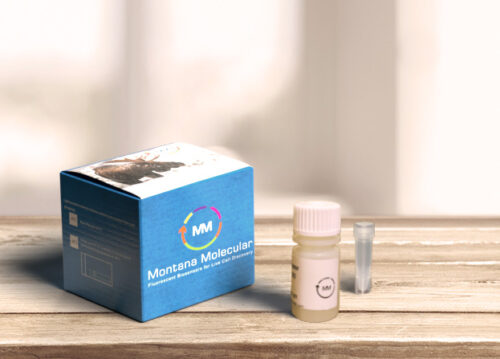
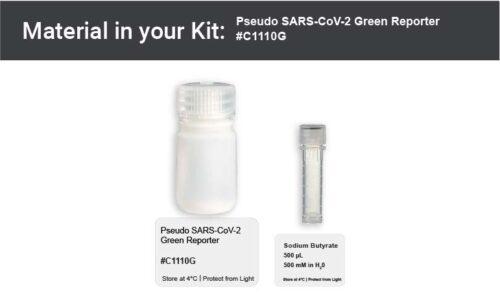 Pseudovirus, SARS-CoV-2
Pseudovirus, SARS-CoV-2Pseudo SARS-CoV-2 Green Reporter – Original Variant (C1110G)
$2,595.00Select options This product has multiple variants. The options may be chosen on the product page
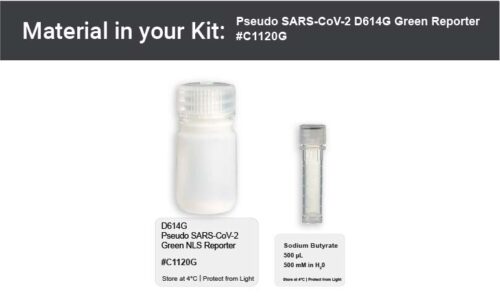 Pseudovirus, SARS-CoV-2
Pseudovirus, SARS-CoV-2Pseudo SARS-CoV-2 Virus Green Reporter – D614G (C1120G)
$2,595.00Select options This product has multiple variants. The options may be chosen on the product page
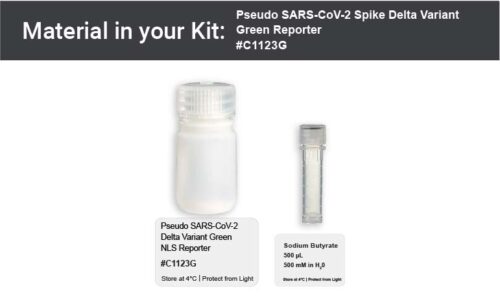 Pseudovirus, SARS-CoV-2
Pseudovirus, SARS-CoV-2Pseudo SARS-CoV-2 Virus Green Reporter – Delta Variant (C1123G)
$695.00–$3,895.00Price range: $695.00 through $3,895.00Select options This product has multiple variants. The options may be chosen on the product page
Showing all 3 results


Pseudo SARS-CoV-2 Green Reporter – Original Variant (C1110G)
Baculovirus pseudotyped with SARS-CoV-2 Spike protein. A covid pseudovirus that will produce green fluorescent nuclei upon successful entry, into host cells expressing ACE2.
Featured Publication:Pseudovirus, SARS-CoV-2$2,595.00Select options This product has multiple variants. The options may be chosen on the product page

Pseudo SARS-CoV-2 Virus Green Reporter – D614G (C1120G)
Baculovirus pseudotyped with SARS-CoV-2 D614G mutated spike protein that binds with ACE2 and expresses green fluorescent protein at the nucleus 24 hours after viral entry.
Featured Publication: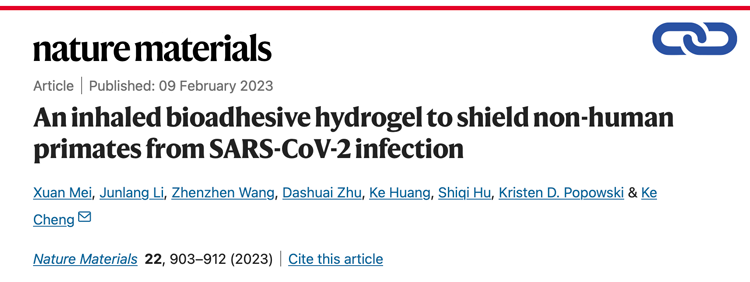 Pseudovirus, SARS-CoV-2$2,595.00Select options This product has multiple variants. The options may be chosen on the product page
Pseudovirus, SARS-CoV-2$2,595.00Select options This product has multiple variants. The options may be chosen on the product page 

Pseudo SARS-CoV-2 Virus Green Reporter – Delta Variant (C1123G)
Baculovirus pseudotyped with SARS-CoV-2 Delta Variant Spike protein, also known as B.1.617.2. The pseudovirus will produce green fluorescent nuclei upon successful entry, into host cells expressing ACE2.
Featured Publication: Pseudovirus, SARS-CoV-2$695.00–$3,895.00Price range: $695.00 through $3,895.00Select options This product has multiple variants. The options may be chosen on the product page
Pseudovirus, SARS-CoV-2$695.00–$3,895.00Price range: $695.00 through $3,895.00Select options This product has multiple variants. The options may be chosen on the product page
